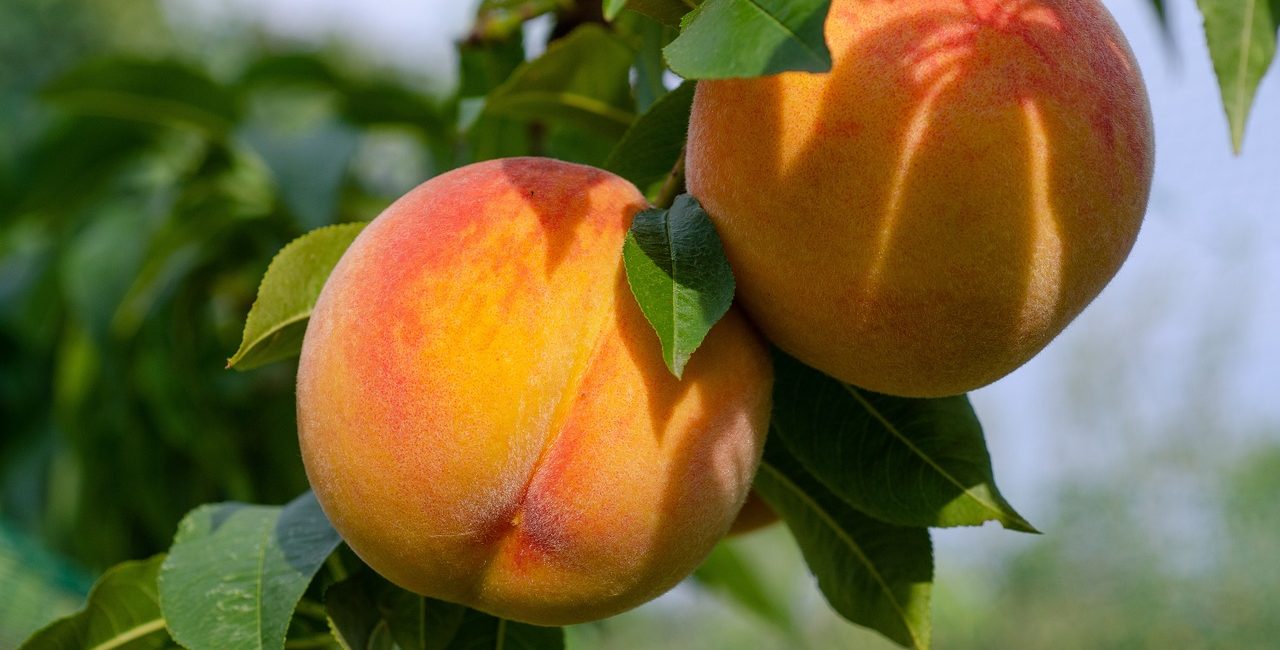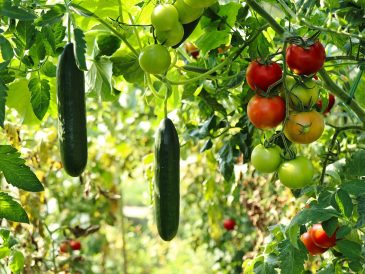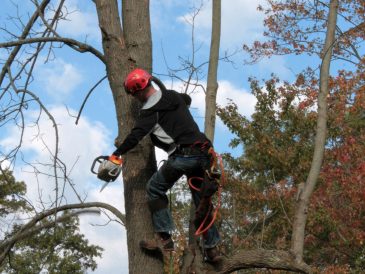Trimming or pruning a peach tree is essential for maintaining its health, shape, and maximizing fruit production. By understanding the proper techniques and timing, you can ensure your peach tree thrives and provides you with a bountiful harvest. In this blog post, we will guide you through the step-by-step process of trimming a peach tree, covering the necessary tools, pruning principles, and specific techniques to help you achieve the best results. Let’s get started!
Timing and Tools
Timing plays a crucial role in pruning peach trees. The ideal time to trim is during late winter or early spring before the buds break dormancy but after the harshest frost has passed. This period allows the tree to recover quickly and minimizes the risk of winter injury. As for tools, you’ll need clean and sharp pruning shears, loppers, and a pruning saw for thicker branches. Additionally, gloves, safety glasses, and a ladder (if needed) will help you stay safe and comfortable during pruning.
Removing Dead and Diseased Wood
Start by inspecting the peach tree for any dead, damaged, or diseased wood. Dead or diseased branches should be removed entirely, cutting them back to the healthy wood just outside the branch collar—the swollen area where the branch meets the trunk. Make clean cuts at a slight angle to facilitate healing. Dispose of the pruned wood away from the tree to prevent the spread of diseases or pests. This step promotes overall tree health and prevents potential issues from affecting the entire tree.
Thinning Out Excessive Growth
Peach trees tend to produce an abundance of shoots, which can result in overcrowding and hinder air circulation within the canopy. To address this:
-Selectively remove excess shoots, focusing on those that grow vertically, crisscross, or compete for space.
-Retain the strongest and healthiest branches with a wide angle of attachment to the trunk.
-Aim for an open center or modified central leader shape, allowing sunlight to penetrate and reach the fruiting wood.

Pruning for Fruit Production
To encourage optimal fruit production, peach trees require specialized pruning techniques. Identify the fruiting wood, which are last year’s branches that have produced fruit. Thin out some of these branches to ensure enough space for new growth and avoid overcrowding. Cut back the selected branches by about one-third of their length, trimming just above a bud or side shoot. This practice redirects the tree’s energy towards developing strong fruiting wood and encourages the growth of new shoots that will bear fruit in the upcoming season.
Ongoing Maintenance and Care
After pruning, it’s crucial to provide proper care and maintenance to your peach tree. Adequate irrigation, fertilization, and pest control measures should be implemented. Regularly monitor the tree for any signs of disease or pest infestation, and take appropriate action promptly. Additionally, remember to clean and sanitize your pruning tools after each use to prevent the spread of pathogens.
Properly trimming a peach tree is vital for its overall health, shape, and fruit production. By following the recommended timing, utilizing the right tools, and applying the appropriate pruning techniques, you can enjoy a thriving peach tree that yields delicious and abundant fruit harvests year after year.
If you’re struggling with tree trimming in Kitchener and need professional assistance, look no further than K-W Tree Expert Co. They specialize in providing top-quality tree trimming services to help you maintain the health and beauty of your trees. They are committed to delivering exceptional results, from removing dead or overgrown branches to shaping and pruning trees for optimal growth. Trust K-W Tree Expert Co. for all your tree trimming needs in Kitchener.





